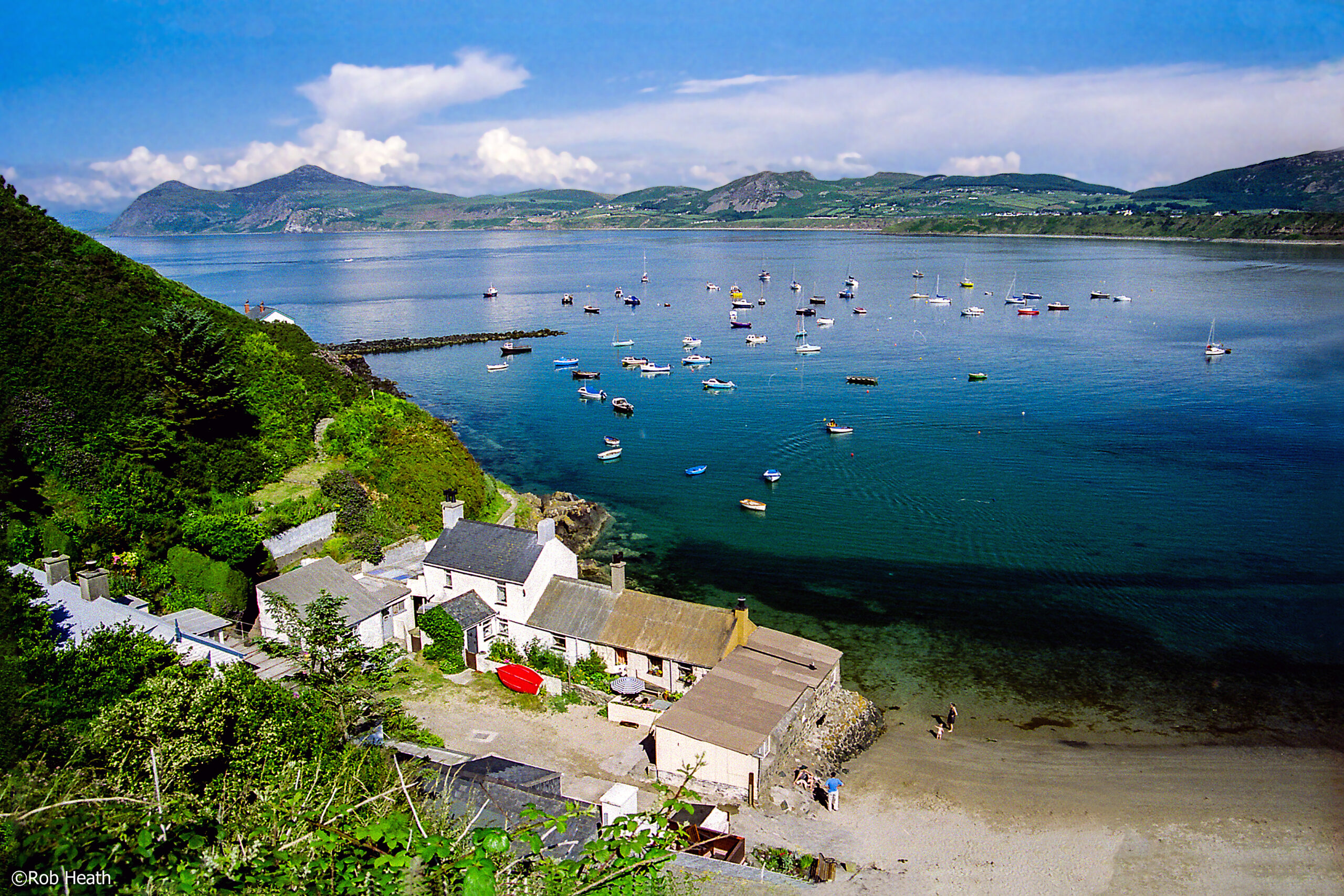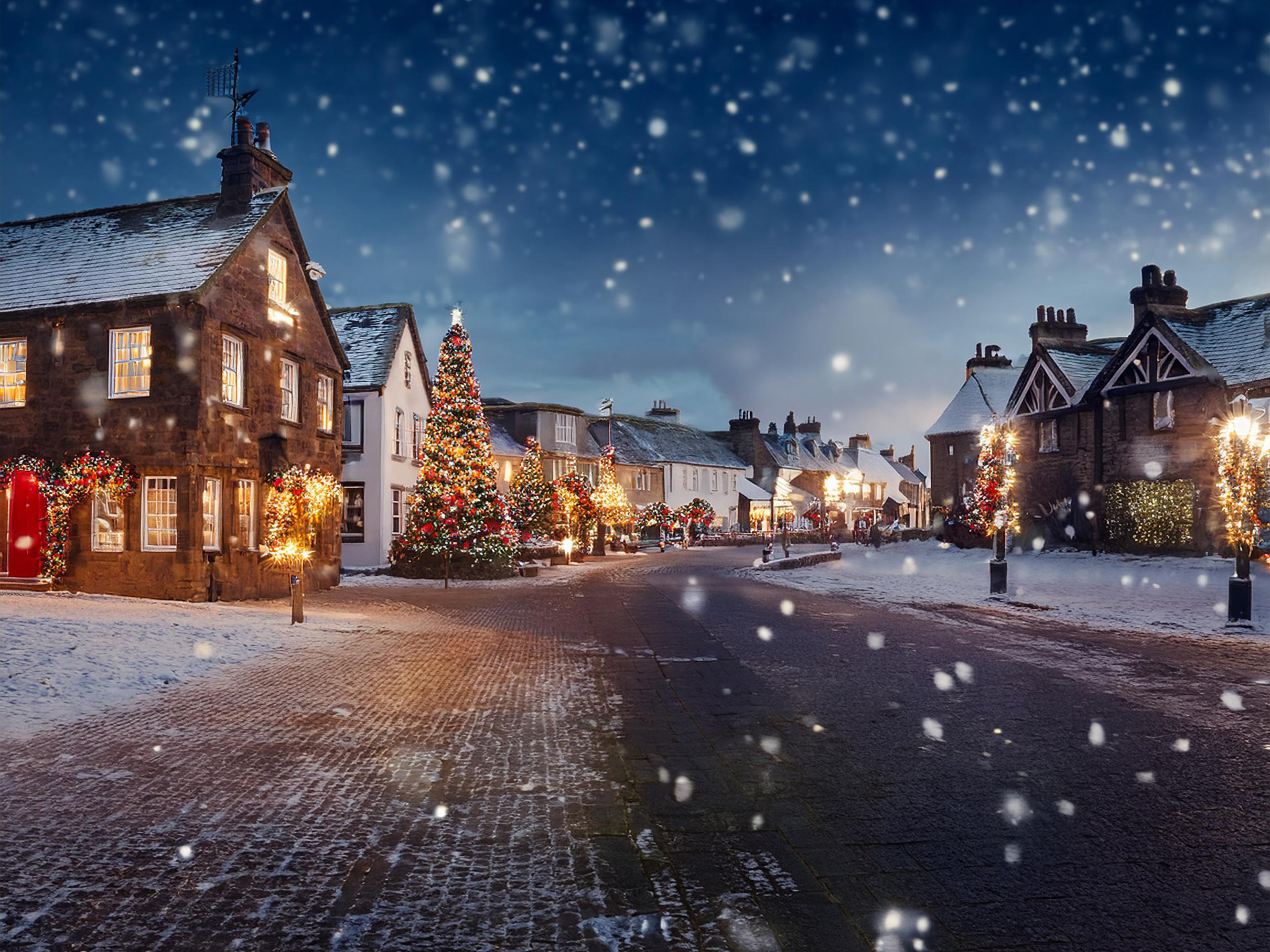Penrhyn Castle Celebrates a Traditional Christmas
Many of the Christmas traditions we observe today began during the Victorian era. Visitors to Penrhyn Castle, over the next three weekends in December, can witness as the castle celebrates a traditional Christmas and find out how many of the traditions we hold dear today have their roots in the Victorian era. Crafts, choirs, games and even a visit from the big man in red.
Normal admission prices apply. Visits with Father Christmas £5.00 for a thirty minute time slot, bookable online
History of Penrhyn Castle
Penrhyn Castle is a rural home built in the manner of a Norman castle in Llandygai, Bangor, Gwynedd, North Wales. Ednyfed Fychan founded the Penrhyn estate. A fortified manor house was erected there by his descendant Gwilym ap Griffith in the fifteenth century. The Penrhyn estate was acquired by Richard Pennant, 1st Baron Penrhyn, in the 18th century, in part from his father, a Liverpool merchant, and in part from his wife, Ann Susannah Pennant née Warburton, a military officer’s daughter. Owning slave plantations in the West Indies brought Pennant tremendous money, and he fiercely opposed efforts to outlaw the slave trade.
On Pennant’s Caernarfonshire lands, the expansion of the slate mining business and the construction of Penrhyn Castle both benefited from some of his fortune. Samuel Wyatt was hired by Pennant in the 1780s to restore the mediaeval home.
Through his union with Juliana, the eldest daughter of Dawkins-Pennant, in 1840, Edward Gordon Douglas came into possession of the Penrhyn estate. In 1866, Douglas, who went by the name Douglas-Pennant, was made a peer and appointed as the first Baron Penrhyn of the second creation. Together with his son and heir, George Douglas-Pennant, 2nd Baron Penrhyn, he proceeded to expand the supporting network in North-West Wales as well as their slate interests at Penrhyn Quarry. Their reign saw harsh strikes for union registration and employees’ rights, culminating in the Great Strike of 1900–1903, the longest disagreement in British industrial history. They were adamantly opposed to trade unionism at their quarries.
The castle, which was not the family’s primary residence and was primarily used as a vacation home in the summer, underwent little modification, but Edward Douglas-creation Pennant’s of a sizable collection of paintings improved the inside. These served as the venue for entertaining guests, among them William Gladstone, the Prince of Wales, and Queen Victoria. In 1951, the National Land Fund received the castle from the family on behalf of the National Trust.
The Grade I-listed Penrhyn Castle is regarded as Thomas Hopper’s finest creation, one of Wales’ most significant country estates, and among the best Revivalist castles in Britain. It has a significant international art collection that includes paintings by Palma Vecchio and Canaletto. The castle has become a focal point in the ensuing culture wars as a result of the National Trust’s efforts in the twenty-first century to investigate the connections between its holdings and historical enslavement and colonialism.






